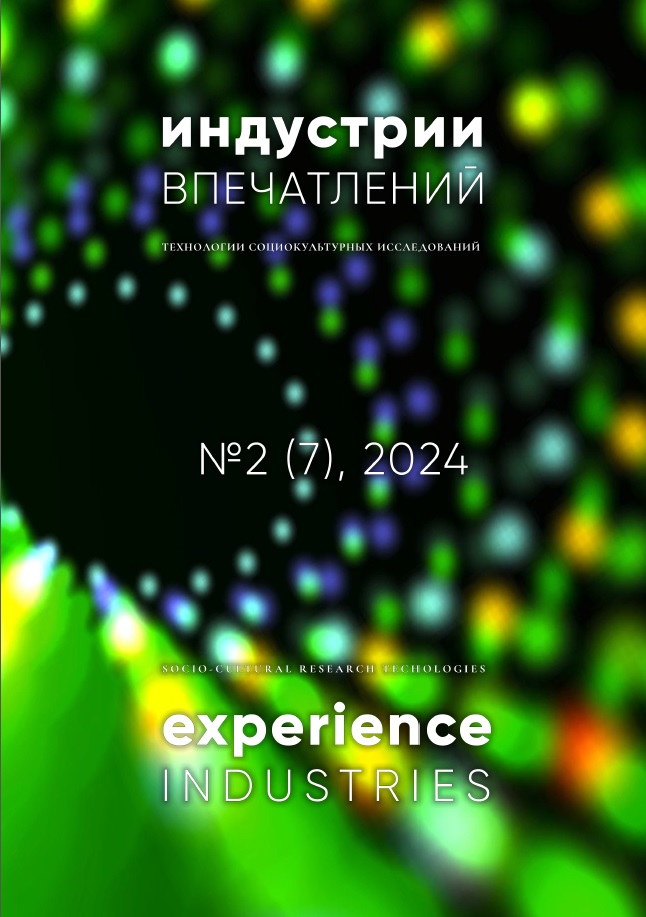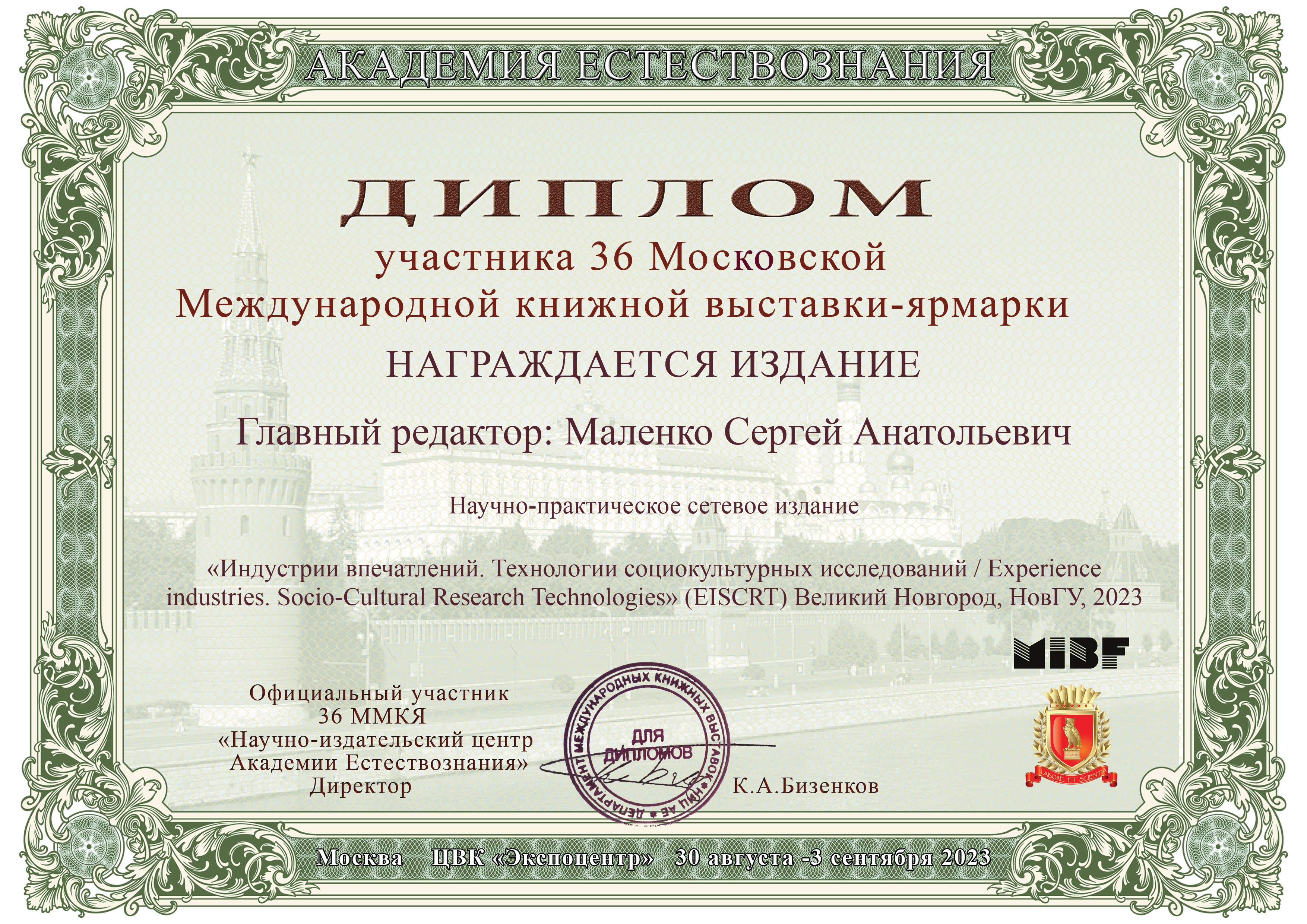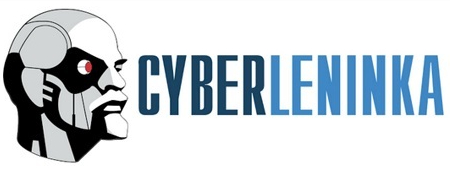THE MYTHOLOGICAL CAT-MATRIX OF CONSUMERIST SOCIETY: FROM FEEDER TO CAT LITTER
DOI:
https://doi.org/10.34680/EISCRT-2024-2(7)-127-155Keywords:
cats, myth, mythological, existential matrix, Cat-matrix, consumer culture, mass culture, internet memesAbstract
In modern popular culture, there is a real “boom” of content, the main actors of which are cats. The widespread creation and replication of visual images of cats suggests that they are no longer only entertaining, but also ideological in nature. This article is devoted to the reflection of the existential foundations of cat content actors and the explication of the ideologies transmitted through them. Having analyzed a solid pool of Internet memes, the author concludes that the “cat” existential model replicated through memes differs from the real existential strategies of cats in nature and in captivity. Consideration of the existential, value and cultural narratives of Internet cats through the prism of the concept of “memetic warfare” reveals that they convey the ideal behavioral strategy of an individual in a consumer society. Due to this, we can put forward the assumption that the totality of cat content constructed in the Internet environment implicitly transmits what can conventionally be called the “cat matrix of society” - the main prescriptive behavioral and sociocultural models that are ideologically significant for the construction of a postmodern society. This construct, in turn, intersects with the understanding of myth as a prescriptive and normative existential matrix. Based on this, the author comes to the conclusion that the modern postmodern consumer society is characterized by its own, hedonistic-oriented model of mythologization, in which the “hero’s path” is replaced by the path “from trough to tray”.
For citation:
Rezvushkina, S. A. (2024). The mythological cat-matrix of consumerist society: from feeder to cat litter. Experience industries. Socio-Cultural Research Technologies (EISCRT), 2 (7), 127-155. (In Russian). https://doi.org/10.34680/EISCRT-2024-2(7)-127-155








